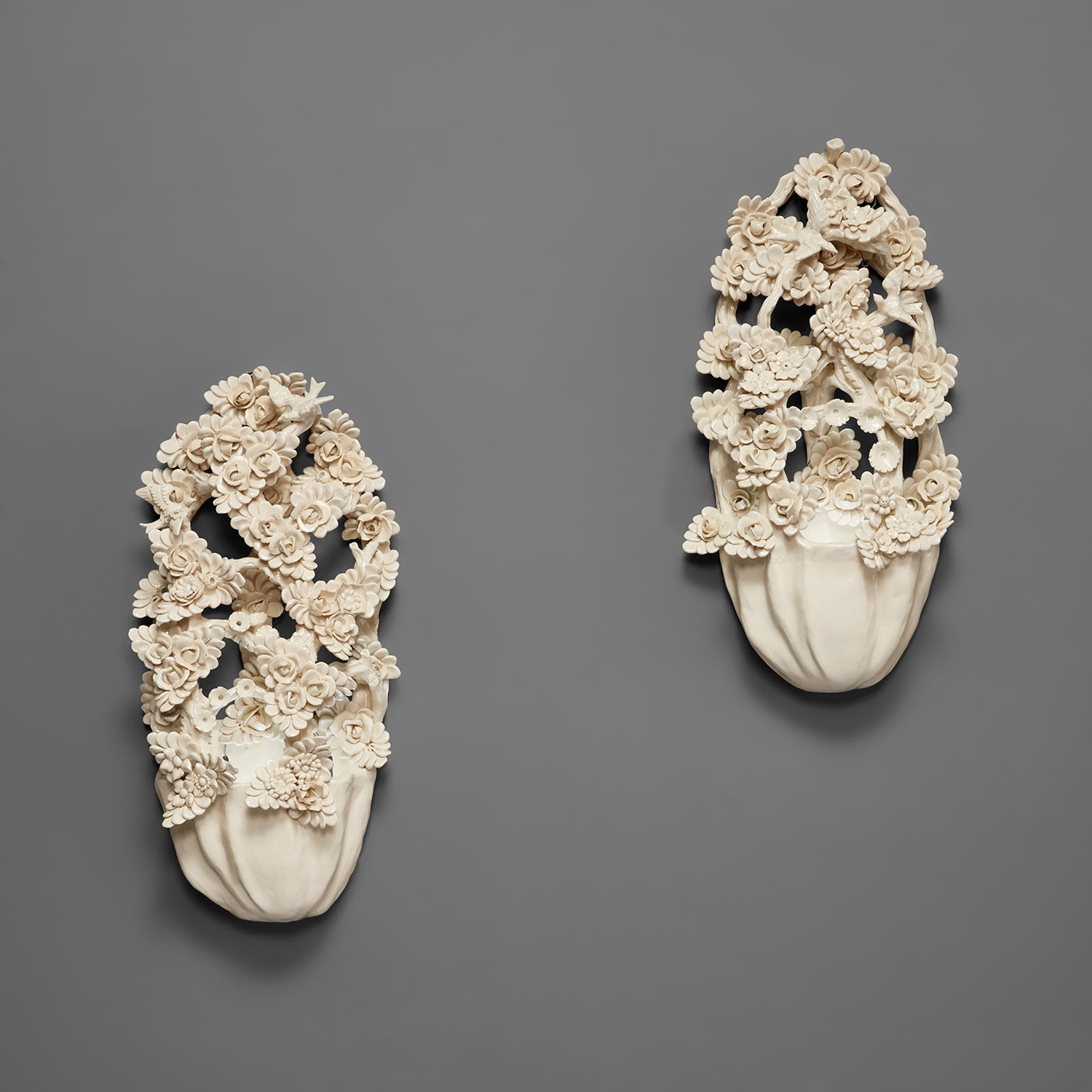





德州 Arthur Blane Gresham 遺產管理委員會珍藏
7
吉奧.蓬蒂與路易治.佐爾泰亞
《罕有壁燈一對》
約1949年作
窯燒陶瓷
每組:約 21 1/2 x 9 3/4 x 5 1/4 英吋 (54.6 x 24.8 x 13.3 公分)
款識:ZORTEA/PER/A.P.E.M.(每組燈背)A.P.E.M/Milano - Via Rovani, 2(其中一組紙本標籤)
此作品由意大利米蘭Artigianato Produzione Esportazione Milano製造,附吉奧.蓬蒂文獻庫所發之保證書。
此作品由意大利米蘭Artigianato Produzione Esportazione Milano製造,附吉奧.蓬蒂文獻庫所發之保證書。